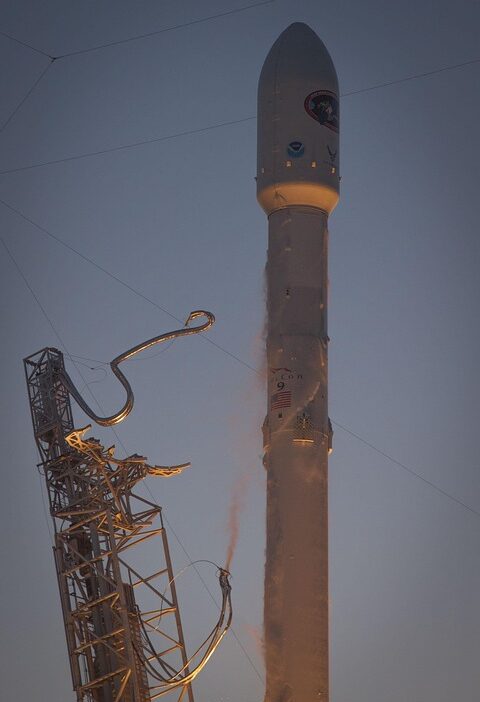Introduction
The dream of interplanetary travel has long fascinated humanity, serving as a cornerstone of science fiction literature and a beacon of aspiration for scientists and explorers alike. While many have envisioned humanity’s future among the stars, it is SpaceX—founded by visionary entrepreneur Elon Musk—that is spearheading the monumental effort to make Mars a second home for humanity. This article explores SpaceX’s journey and its ambitious plans for Mars colonization.
The Vision Behind SpaceX
Elon Musk founded SpaceX in 2002 with the goal of reducing space transportation costs and enabling the colonization of Mars. His vision extends beyond mere exploration; Musk imagines a self-sustaining city on Mars with a population of one million people, making humanity a multiplanetary species. This dream is not just about science and exploration; it encompasses the survival of the human race, ensuring that we can adapt to catastrophic events on Earth.
Achievements on Earth
Before venturing to Mars, SpaceX achieved remarkable milestones in rocket technology and space transportation. Notable achievements include:
-
Reusable Rockets: The Falcon 9 rocket, which can land and be reused, has significantly reduced launch costs. This innovation is vital for making the long trip to Mars economically feasible.
-
Commercial Crew Program: With NASA’s Commercial Crew Program, SpaceX successfully launched astronauts to the International Space Station (ISS), demonstrating its capabilities in human spaceflight.
- Starlink Satellite Constellation: The Starlink project aims to provide global internet coverage, and the revenue generated will contribute to funding SpaceX’s Mars ambitions.
The Starship: Key to Mars Colonization
Central to SpaceX’s plans for Mars is the Starship, a fully reusable spacecraft designed for long-duration space travel. Starship’s specifications set it apart:
-
Capacity: Starship can carry over 100 tons of cargo or up to 100 passengers to Mars, making it an essential tool for transportation and colonization efforts.
-
Refueling: In-orbit refueling capabilities allow Starship to travel to Mars and potentially other celestial bodies, making multi-stop missions possible.
- Versatility: Designed for various missions, including crewed flights, cargo transport, and lunar landings, Starship is significant for Mars exploration and establishing a permanent human presence.
Timeline for Mars Missions
While the ambition to colonize Mars is monumental, Musk has outlined an aggressive timeline:
-
Uncrewed Missions: SpaceX plans to launch uncrewed missions to Mars in the coming years, focusing on transporting cargo, including equipment and supplies necessary for eventual human habitation.
-
Crewed Missions: The first crewed mission to Mars is tentatively planned for the mid-2020s. These missions will seek to establish a base camp and begin preliminary studies of the Martian environment.
- Permanent Settlement: The ultimate goal is to establish a thriving, self-sustaining city on Mars within the next few decades. This involves not just sending people but creating infrastructure, life support systems, and a viable economy.
Challenges Ahead
SpaceX’s journey to Mars is fraught with challenges, including:
-
Life Support Systems: Developing technologies for sustainable living on Mars is imperative. This encompasses producing food, water, and breathable air from Martian resources.
-
Radiation Exposure: Space travel exposes astronauts to high levels of cosmic radiation. Developing adequate protection for long-duration missions is critical to ensure the safety of crew members.
- Psychological Factors: The isolation and distance from Earth could pose psychological challenges for Mars colonists. Strategies to create supportive environments and foster community will be essential.
Conclusion
SpaceX’s journey from dream to reality is a monumental undertaking that continues to reshape our understanding of space travel. With its ambitious vision for Mars colonization, SpaceX not only seeks to push the boundaries of technology but also holds the promise of a new chapter in human exploration. As the world watches with both skepticism and excitement, the prospect of living on Mars transforms from a dream into a tangible goal, highlighting humanity’s enduring spirit of adventure and curiosity. The red planet awaits, and the journey has only just begun.



